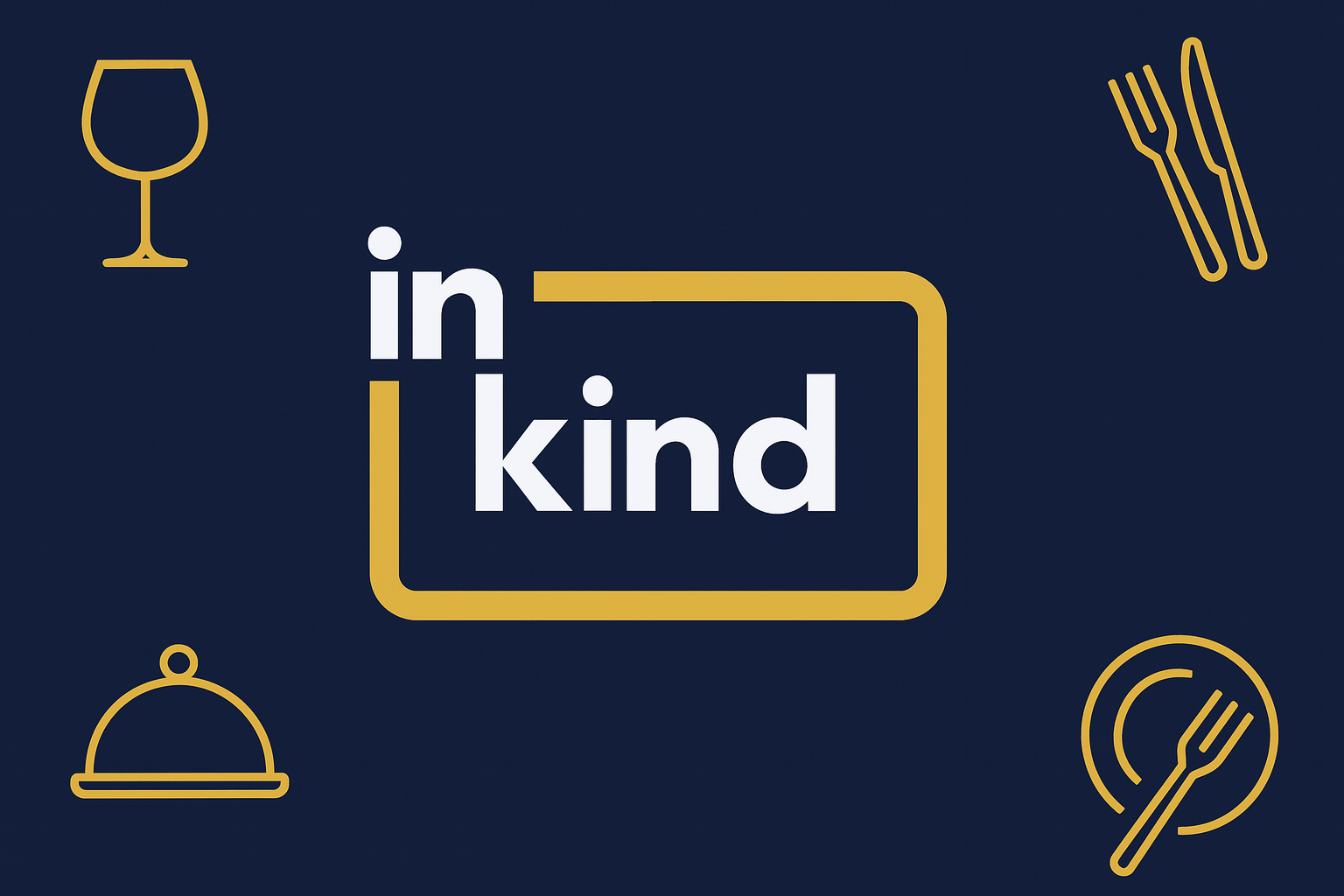In the fast-paced world of hospitality, InKind stands out as a visionary financial model—empowering independent restaurants and delighting diners, all without relying on traditional loans or sacrificing equity.
A Win–Win–Win Model
Founded by restaurateur Johann Moonesinghe, InKind shifts away from interest-charged debt or equity stakes. Instead, it offers a novel trade: for every $1 of funding it provides to a restaurant, InKind receives $2 in future food and beverage credit from the establishment AxiosFood Tank.
This model benefits all stakeholders:
- Restaurants receive immediate capital to operate without debt service or loss of ownership.
- Consumers gain 20–15% back in “InKind Cash” or credits when they dine at participating venues.
- InKind earns by selling credits and stimulating high-value visits Food TankAxios.
This triple-alignment—restaurants, consumers, and InKind—creates sustainable financial engagement without conventional lender constraints.
Empowering Independent Restaurants
Headquartered in Austin, Texas, InKind has already financed over 1,500 independent restaurants, with plans to significantly scale in the coming years Food Tank.
Moonesinghe, drawing from his experience owning restaurants in Washington, D.C., launched the platform precisely because he recognized how underserved local eateries were when seeking capital Food TankAxios. Ember—one of his Austin establishments—operates as a testbed: InKind trials various hospitality tech systems there and recommends those that perform best to its broader network Axios.
InKind assesses potential partners by assigning internal “hospitality and quality” scores, ensuring funding goes only to high-performing venues AxiosFood Tank.
Minimizing Risk, Maximizing Support
Restaurant failure rates are notoriously high, but InKind keeps its portfolio remarkably resilient: only 0.5% of funded restaurants closed last year—an impressively low rate in the industry Axios. When a partner shows signs of struggle, InKind actively doubles down to help guide them back to stability.
The company’s focus on support—not just capital—is key to its success.
Expanding Beyond Restaurants
While InKind’s origin story—and current core—revolves around restaurants, its ambitions are broader. The company is testing expansion into non-restaurant verticals such as wellness, hospitality, hair salons, and massage services Axios.
It also aims to scale footprint dramatically over the next five years—targeting hundreds of thousands of venues and tens of millions of consumers across its platform Axios.
How the InKind Experience Works
For diners, the InKind platform offers a straightforward yet rewarding experience:
- Discover Restaurants: Use their app to find participating venues—ranging from neighborhood cafes to Michelin-rated fine dining inKind+1.
- Pay via App: Settle your bill seamlessly using the inKind app—no need for wallets or traditional payment hassle inKindGoogle Play.
- Earn Back: Receive 20% back as InKind Cash, automatically deposited into your inKind wallet inKind+1.
- Use or Save: Apply your cashback to future visits or stack up credits over time.
In some cases, diners may earn 15% back instead, depending on specific promotions or restaurant tiers Food Tank. The app partners with hundreds of POS systems (Toast, Square, Lightspeed, etc.) plus reservation tools like SevenRooms—ensuring smooth integration for restaurants inKind.
House Accounts and Bonuses for Businesses
In addition to consumer rewards, InKind offers House Accounts—pre-loaded credits purchased by businesses for employee dining or client gifts. These accounts come with bonus credits: load more, earn more. The paid amount never expires, and bonus funds typically last three years inKind.
House Account holders also gain access to exclusive perks—special events, tastings, restaurant networking opportunities—and can load multiple accounts across various restaurant groups inKind.
Real-World Feedback
Experiential insights from diners reflect the appeal. A user on Reddit described it as “like a cash back program for restaurants,” noting they explore new spots thanks to the incentive. While useful, the user cautioned that tipping does not work via the gift card—guests must pay gratuity separately Reddit.
InKind’s Mission and Social Impact
Moonesinghe emphasizes financial sustainability for restaurants and a mission-driven approach: “triple win” for consumers, restaurants, and InKind Food Tank.
Moreover, InKind launched a $250 million commitment to support underrepresented restaurant owners by 2025—75% of whose restaurants are minority-owned Food Tank. They aim to address systemic funding disparities in the hospitality industry and promote equity.
Summary: A Rising Force in Hospitality Finance
| Stakeholder | Benefit |
|---|---|
| Restaurants | Immediate capital without debt or equity loss; guided support; risk mitigation |
| Consumers | 15–20% cashback, easy mobile payments, access to curated venues |
| InKind Platform | Revenue via credit sales, low risk, scalability into new industries |
InKind exemplifies how innovative financial tools, paired with tech integration and a socially minded mission, can reshape an entire industry.
Final Thoughts
InKind is more than another fintech app. It’s a restaurant financing revolution, built with empathy for independent operators and value for consumers at its core. By sidestepping traditional financing pitfalls and embracing sustainable, reward-driven engagement, InKind is empowering restaurants to thrive while enriching the dining journey.
With an eye on global expansion and new verticals beyond food—from wellness to hospitality—it’s poised to redefine how businesses connect with, reward, and grow their customers.


